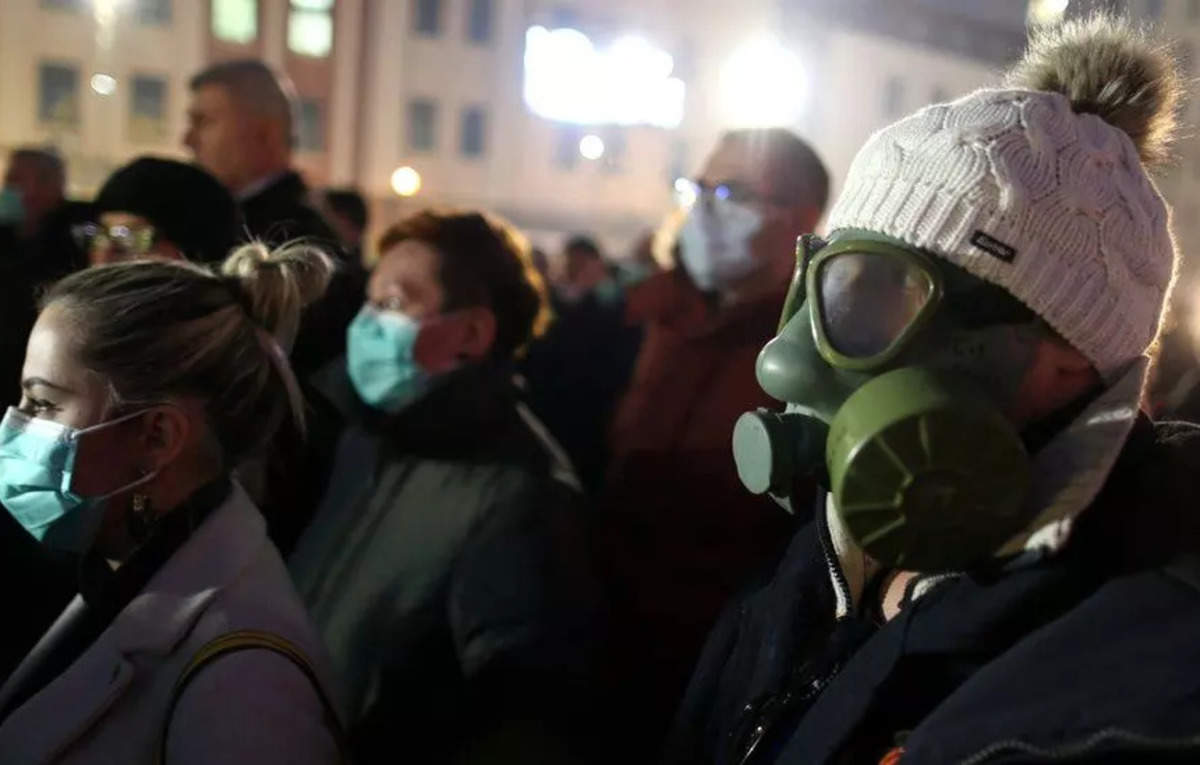High concentrations of small particles released from the combustion of jet fuel pose a health risk to 52 million people living around Europe’s busiest airports, NGO Transport & Environment warned on Tuesday.
During takeoff and landing of an aircraft, ultrafine particles (UFPs) are released, which are about a thousand times smaller than a human hair.
Due to their minuscule size, UFPs easily penetrate human tissues, while there is growing evidence that these particles are harmful to human health. Yet UFPs remain largely unregulated.
“Tens of millions of Europeans are exposed to increased health risks from UFPs in aviation,” T&E said in a report.
“Fortunately, reducing air traffic and improving jet fuel quality can alleviate the problem in the short term, with additional climate benefits,” the NGO said, calling for better monitoring and targets for reducing UFP.
The Brussels-based NGO analyzed UFP concentration levels around Amsterdam-Schiphol Airport based on data collected by the National Institute for Public Health and the Environment (RIVM).
T&E then extrapolated the findings to Europe’s 32 busiest airports, assuming that UFP pollution increases with air traffic and is spread evenly across each airport. It showed that 52 million people living within a 20 kilometer radius of the airports are at risk of serious health problems. due to the high UFP concentration levels.
In a radius of five kilometers around Amsterdam-Schiphol airport, RIVM researchers found UFP concentrations “between 4,000 and 30,000 particles per cubic centimeter (cm3),” according to T&E.
In city centers, UFP concentrations reached between 3,000 and 12,000 particles per cubic centimeter, which “underlines the important contribution of airports to UFP pollution,” T&E said.
In February, Airparif, which monitors air quality in the Paris region, recorded UFP concentrations of 23,000 per cm3 at Charles de Gaulle Airport in Paris.
The watchdog found that excessive UFP concentrations associated with air traffic were most noticeable within five kilometers of the airport, but were outpaced by other sources of the particle further than 10km.




















